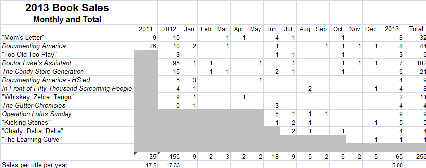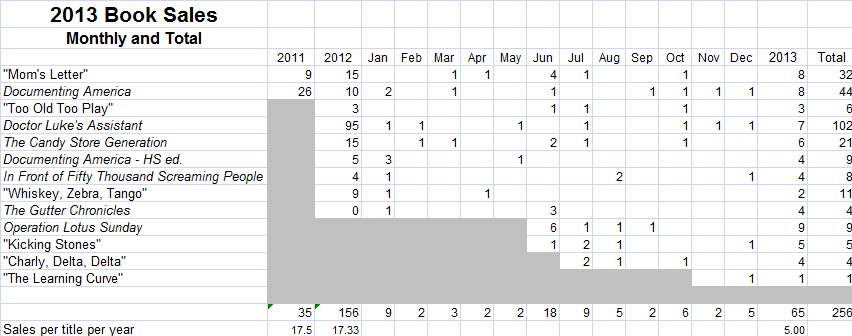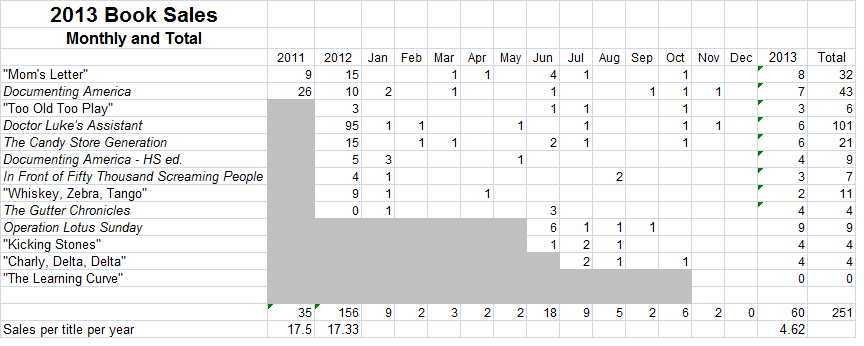As explained in other posts, I’m working on several writing projects at once. I recently completed a short story, which is now simmering as I figure out what to do about it. I’m working on Headshots, a sequel to my baseball novel. And I’m working on volume 2 of The Gutter Chronicles. I’m doing this last one in off moments at work.
Tuesday I finished the first chapter of The Gutter Chronicles, Volume 2. I proofed it Wednesday and added one small item. It’s 2850 words, which is about right for a chapter in this book. This is meant to be a humorous book, taking workplace situations in an engineering company and turning them into funny stories. Yes, things that have happened to me over the years are finding their way into the book.
Humor may not be my writing strength. In fact I’d say almost assuredly it isn’t. Yet everyone who’s read volume 1 of TGC say it’s very funny. So maybe I’m not too bad at that. But how can that be? I’m a serious novelist.
So as I was writing this first chapter, beginning a month or more ago, I came to realize it was more dramatic than funny. I needed to “funny-it-up” somehow. I put it aside for almost a month, trying to think of how I could do that. It wasn’t devoid of funny moments, but it just wasn’t as funny as I wanted it to be. As I walked on noon hours, or as I commuted, it was on my mind.
So Tuesday I was at my computer at noon, not being able to take a walk due to the weather, and decided to pull the story up and work on it. I re-read what I had in the chapter, and an idea of what to do came to me. What if I had Norman Gutter, the main character, hallucinate. He was very sick from a tick bite, though he didn’t know that’s what caused it. I had him go to the hospital and, in his painful and energy-less state, I had him begin hallucinating about the people and things he saw. I had him see the different people he worked with in not very flattering ways. Finally, as the doctor begins to examine him at the hospital, he has a hallucination about her just before he passes out.
Is it funny enough? That, of course, is the question. I proofread it quickly, saved the chapter out as a PDF, and e-mailed it to our HR assistant in the office. She read all of the first volume and enjoyed it. I figured if she saw this chapter as good, and funny, then it was okay. She e-mailed me back that afternoon: “Laughing out loud. Definitely a good read.” So I think I nailed it.
Now this morning, in the time I had before work, I decided to work on Chapter 2. I knew exactly where to start, because of where I left Norman at the end of chapter 1. So I began typing and soon found it was 8:00 a.m., time to begin work, and that I had 650 words typed in just a little more than half an hour. Wow, that’s more than I usually get in that little time. I’m not into humorous parts right now. That will have to come later in the chapter, maybe on my noon hour today. Or, if that doesn’t work, then next week. It would be nice to have two chapters finished by the end of next week. I’d feel good about the book at that point.
How interesting I find it that the words just come when I need them. I suppose it’s not really the words, but the ideas. I’ve found this to be true for quite a while now. In Headshots I’m at the sagging middle, that point in the book where a writer struggles to keep the action going as the hero works toward the climax. As I reported in another post, last weekend I added 3,800 words to the sagging middle. Things I hadn’t much thought about gelled into ideas, those ideas found expression in words, and I was writing, pushing the story forward.
I don’t know that it will always be this way. I might find myself at times where I have absolutely no idea what to write next, so I re-read where I am in the story, and the ideas just come and the words quickly follow. So I suppose this mean, I am a writer.






